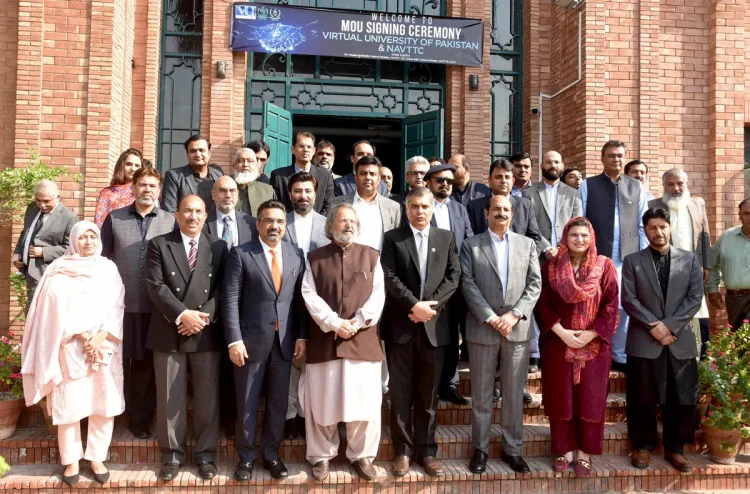By: Rahima Hassan

Besides a lack of monetary resources, poverty stems from a variety of factors, including poor health, illiteracy, low living conditions, disempowerment, and more. Health poverty is defined as a lack of access to the minimum standards of health facilities. In Pakistan, 41% of the population lives in health poverty. According to a study, Punjab has the lowest percentage of health poverty (36%), while Balochistan has the highest percentage (62%). Three-quarters of the poor population in Balochistan are women and girls, who suffer various health crises, for instance, period poverty and maternal health issues.
Balochistan has the highest maternal mortality rate of 785 per 100,000 live births, as compared to 272 in the rest of the country. Many women in rural Balochistan have never been to a hospital or health center during their pregnancy. There is an unacceptability of
international birth spacing recommendations or family planning. Some of the main obstacles to getting healthcare are transportation-related issues and the unavailability of clinics near villages. The risk of pregnancy problems, infectious illnesses, anemia, hypertension, and
mortality is significantly increased by continuous pregnancy and lactation.
Period poverty is defined as a lack of access to sanitary products and medically sound knowledge of menstruation, which is another serious issue in Balochistan. Females require access to low-cost and safe menstrual products. However, these products are significantly taxed in Pakistan. Many women in rural areas cannot afford them. Therefore, they use cardboard, paper towels, and rags. These products cause urogenital infections, including bacterial vaginosis, white or green discharge, skin irritation, and vaginal itching.
Furthermore, mental health issues are linked to the emotional toll that comes with limited access to menstrual products. According to the Pakistan Association of Mental Health, about 34% of women in Pakistan are affected by depression. Moreover, period poverty raises absentee rates in schools among female students. Unfortunately, rather than acknowledging menstruation as a biologically normal and healthy process, stigma equates it with filth and disgust. People are reluctant to discuss their periods, which keeps conversations about product availability from happening.
The situation has become more dire due to climate change. Climate change has a severe
impact on maternal health, including infertility, malnutrition, breast cancer, pregnancy, and metabolic disorders.
Balochistan had relatively dry and cold weather. However, in recent years, the average
temperature has increased due to rising greenhouse gas emissions, which has increased the risk of mortality through effects on the respiratory and cardiovascular systems.
Unfortunately, Pakistan experienced its worst flooding in 2022. Rural areas of Balochistan were severely affected. Half of the population was underwater, depriving more than 8 million women of access to menstrual hygiene products. In the absence of appropriate menstrual products during the floods, women turned to using plastic bags, leaves, and damp newspapers, leading to various health issues in females. Further, over 1,400 health facilities have been damaged across Balochistan.
“I walked for about 35 kilometers while in labor because the floods had damaged the road between my village and the hospital,” said Bakhtnama Khairullah, from Balochistan”
The lack of health facilities for pregnant women led to a variety of infectious diseases and maternal deaths.
The floods had a severe effect on the crops, agricultural production, and supply of gas and energy, which resulted in higher food prices, and malnutrition among poor households.
Children and pregnant women suffered from various diseases in winter due to the lack of any heating mechanism.
According to a report, “If measures are not taken quickly, Pakistan may fall behind other Asian countries in terms of human capital and economic development.”
Therefore, implementation of policies by government and community members, including youth, is needed to end women’s health poverty. Locals must provide menstrual education to both teenage boys and girls. Giving education about menstruation at a young age in the home and at school encourages the early adoption of safe menstrual health practices and dispels the myth about menstruation.
Besides these, menstruation products can be given away for free or at a reduced cost in public places and schools. Female employment and entrepreneurship can be increased by producing low-cost reusable and disposable menstrual products in the local training centers. Likewise,
in product marketing, awareness can be raised about female reproductive health, which can help eliminate taboos and stigmas.
Moreover, community members, madrasas, and lady health workers must raise awareness about family planning in the villages. A total of 300,000 pregnant women died in 2013. The majority of these deaths might have been prevented if family planning or some other resources had been available. Therefore, more should be done to increase the availability of contraceptives and spread knowledge about family planning in rural areas of Balochistan.
The writer is a student of economics at IBA Karachi. She can be reached at [email protected]



